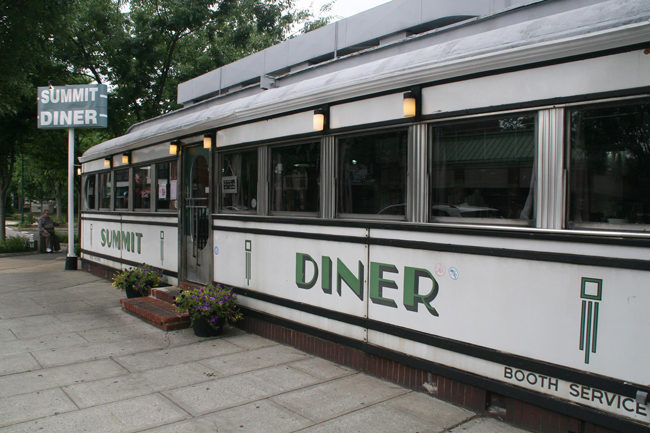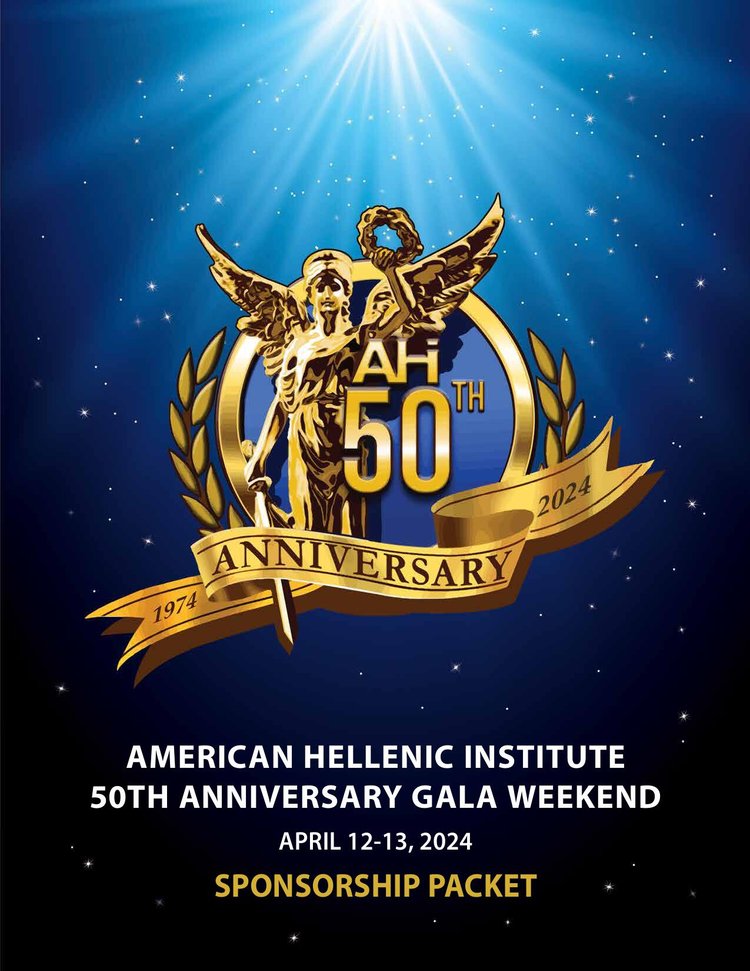Diner History and Culture
Posted by estiator at 19 January, at 18 : 46 PM Print
It all started in 1858 by a… printer!
A true “diner” is a prefabricated structure built at an assembly site and transported to a permanent location for installation to serve prepared food. Webster’s Dictionary defines a diner as “a restaurant in the shape of a railroad car.” The word “diner” is a derivative of “dining car” and diner designs reflected the styling that manufacturers borrowed from railroad dining cars. A diner is usually outfitted with a counter, stools and a food preparation or service area along the back wall. Decommissioned railroad passenger cars and trolleys were often converted into diners by those who could not afford to purchase a new diner.
How Diners began?
The origins of the diner can be traced to Walter Scott, a part-time pressman and type compositor in Providence, Rhode Island. Around 1858 when Scott was 17 years old he supplemented his income by selling sandwiches and coffee from a basket to newspaper night workers and patrons of men’s club rooms. By 1872 business became so lucrative that Scott quit his printing work and began to sell food at night from a horse-drawn covered express wagon parked outside the Providence Journal newspaper office. In doing so, Walter Scott unknowingly inspired the birth of what would become one of America’s most recognized icons — the diner.
Over the decades
The success of the early converted wagons inspired a few individuals to form companies and manufacture lunch wagons for sale. These improved wagons allowed customers to stand inside, protected from inclement weather or sit on stools at counters. Night lunch wagons or “Nite Owls” began to appear in many New England towns and cities during the late 1800’s. Some models were elaborate and were fitted with stained and etched glass windows, intricately painted murals and fancy woodwork. The lunch wagons became very popular because workers and pedestrians could purchase inexpensive meals during the day but especially at night when most restaurants closed by 8:00 pm.
Because of the attraction to the lucrative trade, lunch wagon vendors became so abundant on the streets that many towns and cities passed ordinaces to restrict hours of operation. This prompted some owners to circumvent the law by positioning their wagons on semi-permanent locations. At the same time that lunch wagons were becoming popular, obsolete horse drawn streetcars were being replaced by electrified models. Many of the displaced cars were purchased and converted into food venues for a fraction of the cost of a new dining car. Operating on meager budgets, most owners were more concerned with making a living than maintaining their car. Dining cars took on the reputation of the “greasy spoon” and gathering places for the unsavory elements of the community.
In order to increase business, particularly from women who secured the right to vote in 1920, diner owners cleaned up their image, adding shrubs and flower boxes, offering booth service and repainting their diners. Many dining car owners included the word “Miss” in their names to help feminize and soften their image.
The builders constructed cars with innovations such as indoor bathrooms, tables, longer length dimensions and repositioned counters to accommodate a larger food selection. Dining cars of the 1920’s, although manufactured by different companies, were similar in style. The cars were an evolved version of the earlier lunch wagon. A few of the companies offered credit and financing in conjunction with fully equipped dining cars.

The Summit Diner in Summit, New Jersey, is a prototypical Northeast U.S. rail car-style diner, built by the O’Mahony Company in 1938.
The incorporation of the railroad car look and use of the word “diner” were efforts by manufacturers to change the image of the dilapidated dining cars and night lunches. The design of dining cars had remained relatively unchanged until the streamline moderne style appeared in the 1930’s. Modern materials were fabricated into streamline forms to symbolize speed and mobility. Streamline design identified with the new and futuristic modes of transportation and the efficiency of the machine age.
During the Depression most diners remained in business because they offered inexpensive places to eat. The replacement of street cars and interurbans in the late 1930’s and early 1940’s with internal combustion buses provided another low cost opportunity to own a converted trolley / diner. Several diner builders were forced out of business from the lack of sales during the Depression.
After World War II, the demand for diners increased dramatically. Servicemen eligible for G.I. loans were returning from the War and the economy was shifting back to non-military production. Americans were eager to spend money and make up for the years that they had to do without. In 1948, a dozen diner manufacturers were competing for part of the economic pie. Technological innovations developed before and during the war were shifted to the commercial production of new materials such as Formica, Naugahyde and terrazzo floors.
As the population shifted from the cities to the suburbs the look of diners began to change. All stainless steel exteriors and large windows were new stylistic features incorporated into designs as a way to attract passing motorists. New developments in the mechanical systems (air conditioning, ventilation, and lighting) of diners in the 1950s liberated design from “form follows function”.
The arrival of the Space Age reflected an obsession with rocket and jet transport, emphasizing upward and outward mobility. Space was the new frontier and it was reflected in the design of diners in the mid to late 1950’s.
Diners began to lose a share of their market to the new fast food establishments. The newcomers satisfied Americans’ desire for affordable food geared to a population on the move and in a hurry. The few remaining diner manufacturers responded to this new threat by marketing their diner-restaurants with Neoclassical, Tudor, and Mediterranean styles. Artificial stonework, dark stained wood, earthtone colors, and fabrics replaced the flashy look of stainless steel, neon, and bold colors. Many old diners were remodeled and covered with brick walls and mansard roofs.
A revival begun in the late 1970’s spurned a new interest in the American diner. The three remaining old diner builders began to fabricate new diners in the old styles. New companies joined the growing market to build new retro looking diners. The renewed interest in diners can be attributed to Americans looking backwards for inspiration and the values of yesterday in a time of moral and economic uncertainty. Several national corporate franchises such as Denny’s, Silver Diners and Johnny Rockets adapted the look and feel of the diner as part of new marketing concepts. A trend in diner restaurants developed in Europe that brought increased sales to American diner manufacturers.
The interest in the American Diner continues today. A significant number of vintage diners have been rescued from demolition and relocated to new sites in the United States and Europe. Manufacturers of diner structures are experiencing new orders or remodeling projects in a retro style. Some Museums have assembled temporary exhibits on diners or incorporated a historical diner for permanent display or as venue for food service. Conferences about history, historic preservation or popular culture have includes presentations or tours of diners. The Massachusetts Historical Commisssion has placed all vintage functioning diners on the National Register of Historic Places. Along with nominations from other states the list of diners on the National Register is increasing annually. In conjunction with saving diner structures it is equally important to help preserve and promote diner culture. Diners evolved into community gathering places were people from all walks of life and origin shared a home cooked meal in a small and comforting atmosphere. A recommendation from the American Diner Museum is to help preserve diners by keeping them in business. Whenever possible visit a diner to share a meal and conversation with others.
Culture
Since diners became a part of the American landscape more than 100 years ago, the culture has been affected in many ways. The influence of lunch wagons and diners have touched almost every aspect of life including cooking, dining out, popular culture, design, fashion and more.
Estiator is a monthly magazine dedicated to the promotion of the Greek-American restaurant industry. At Estiator you can find articles related to restaurant management, restaurant trends, restaurant news, restaurant and home sales, classified ads, Greek recipes, and news from the US and Greece.
















